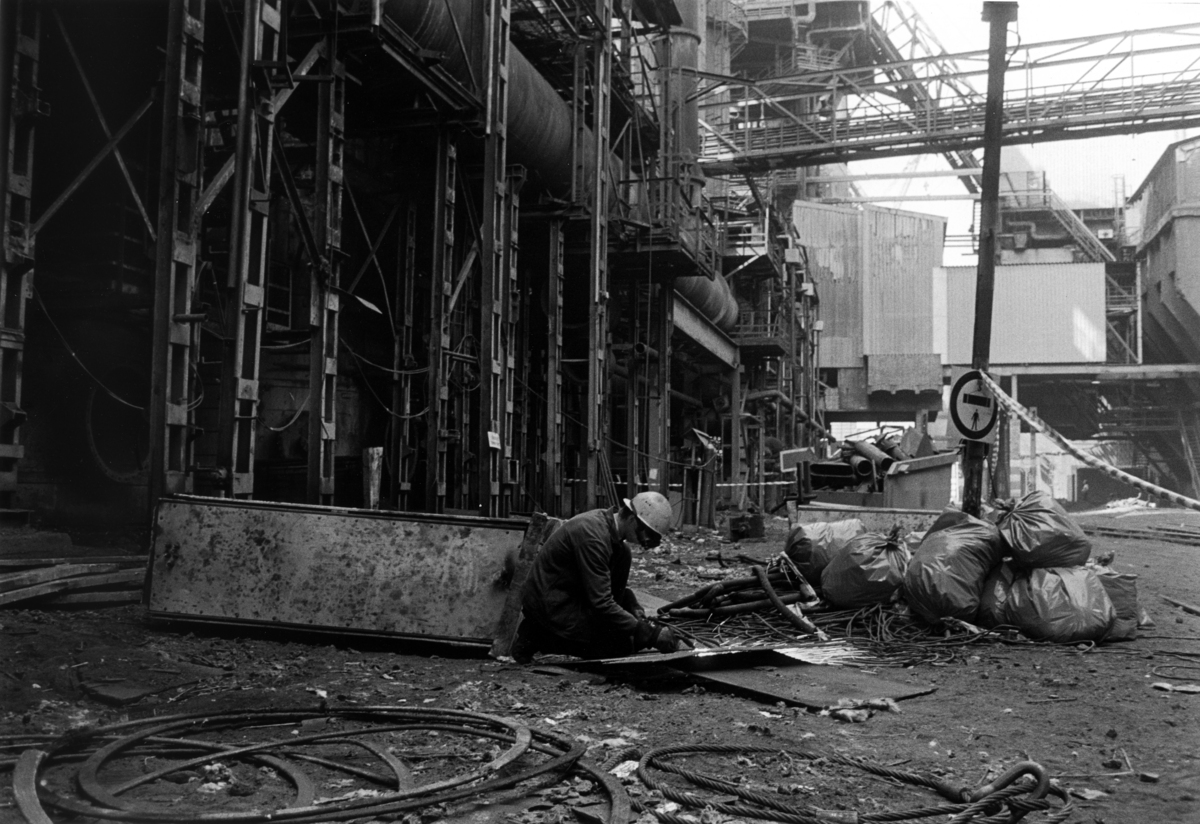Abstract
The SED decided to found the Eisenhüttenkombinat Ost [Steelworks
Combine East] at its Third Party Congress in July 1950. The decision
reflected a desire to safeguard GDR steel production and build up heavy
industry. During its GDR history, the steelworks was continuously
upgraded and expanded, and an entire city – Eisenhüttenstadt, literally
“Steel Works City” – was built around the plant from the ground up. In
1988, thirty-eight years after the city was founded on an empty tract of
land, Eisenhüttenstadt had a population of 53,000. That year, the
Eisenhüttenkombinat Ost employed
12,000 people.
The collapse of the GDR, German unification, and the economic
restructuring that followed had a dramatic impact on the city’s economy.
In May 1990, the Eisenhüttenkombinat
Ost (or EKO for short) was transformed into
EKO Stahl AG [EKO Steel Joint Stock
Company]. Increased competition from West German steel makers and the
collapse of Eastern European markets, in addition to the reorganization
of the steel works, quickly led to massive layoffs: 9,300 jobs were cut
in 1990 alone, reducing the workforce to 2,700. At the end of 1994, EKO
Stahl AG was taken over by the Belgian Cockerill Sambre Steel Co. Ltd.;
in the years that followed, it was modernized with the help of European
subsidies. In 2002, the steelworks was taken over by the Arcelor Group,
which became ArcelorMittal after a merger in 2007. It is now part of the
largest steel producer in the world.
Although steel continues to be produced in Eisenhüttenstadt,
unemployment rates are high, and the city’s remote location and singular
dependence on the industry has proven problematic. In 2005,
approximately 20% of city residents were unemployed. A wave of
outmigration, particularly among the young, caused a population drop of
approximately one-third between 1989 and 2004. As in many other East
German cities, population loss led to a huge stock of empty housing
units – in July 2003 the vacancy rate hovered around 22%. The situation
of the city as a whole has even prompted some to refer to the former GDR
showpiece as “Schott-Gorod” – a word formed from the German “Schrott”
(“scraps”) and the Russian “gorod” (city).
Since 1993, the city has been home to the “Documentation Center on
Everyday Life in the GDR,” which aims to preserve the material culture
of the German Democratic Republic.
